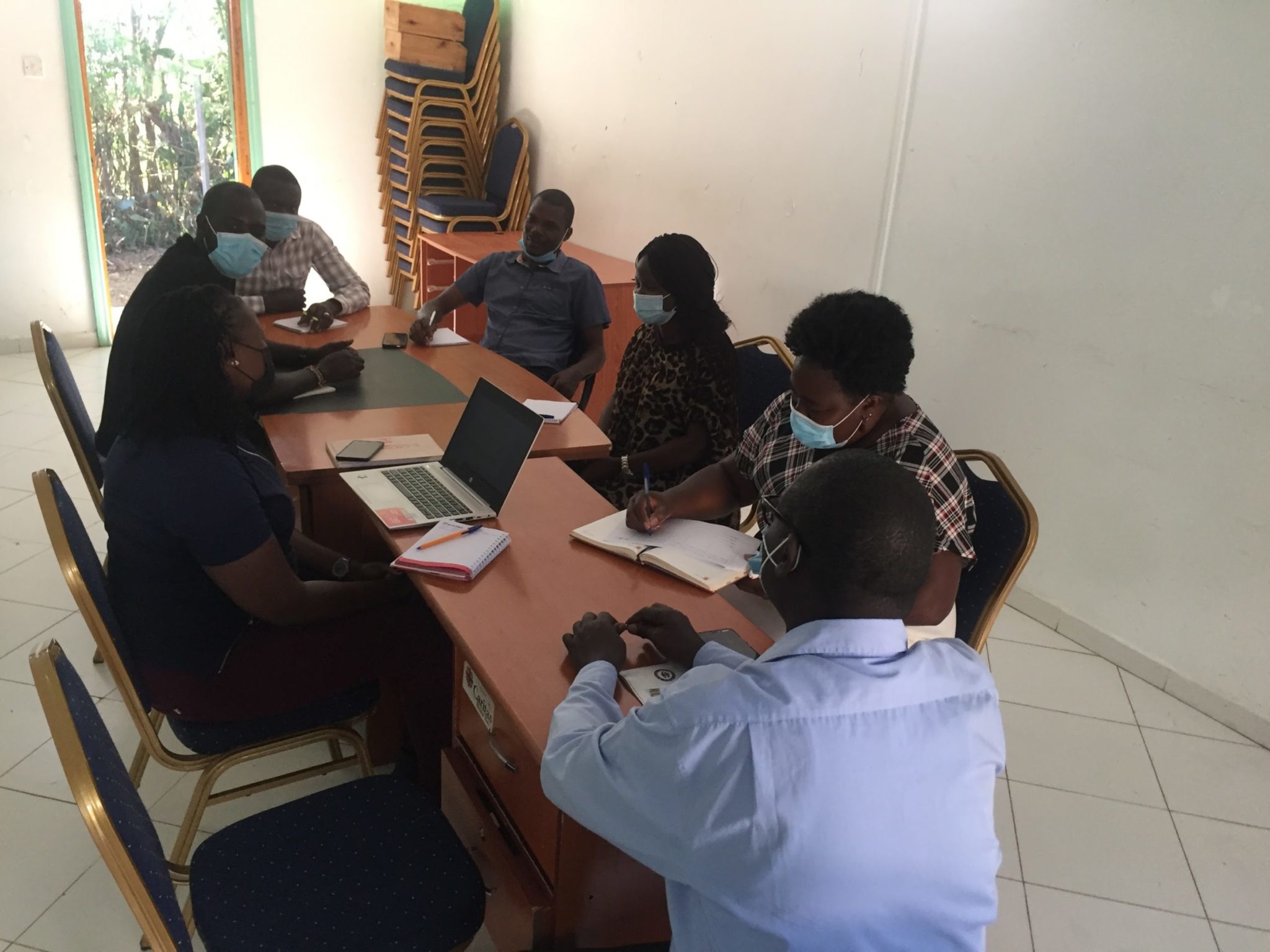A participatory approach to agreed behaviour – Caritas Homa Bay’s new code of conduct
To mark the launch of the new staff code of conduct guidance, we interview Alliance members Caritas Homa Bay, Kenya to hear about their experience piloting the guidance and templates to create a stronger and more participatory code.
Why did you decide to review your Code of Conduct?
For Caritas Homa Bay our integrity and the quality of our services are vital, and we are needed to keep our employees safe, as well as the community we serve. Therefore, we decided to review and rewrite our staff Code of Conduct (CoC) to make it stronger, so that it offers real value and fits with the organisation’s mission and core values. We were confident that our revised CoC would help us build and reinforce the image of the organisation, what we stand for and the professional behaviour expected from staff to build relationships and transform lives.
How did you approach the project?
Caritas Homa Bay established a core working committee consisting of cross-functional representatives; the director, head of departments, an M&E officer, the office administrator and a project officer who had the overall responsibility for moving the process forward. The committee, at the outset, had the flexibility to revise our previous CoC. Employees inputted their views through questionnaires to evaluate the current CoC, and recommended possible areas for improvement. The committee documented all the responses and factored in the critical issues which were missing in the old version.

Caritas Homa Bay CoC revision committee meeting.
Based on staff feedback, we took a decision to write a new Caritas Homabay CoC, instead of reviewing the current one, to make the most of the participatory approach with staff, as recommended in the new CHS Alliance Code of Conduct guidance. This meant we could truly share ownership of the CoC with staff members.
Did this project create any surprising opportunities or challenges?
The process enabled us to spot risks that we needed to keep in mind. We identified gaps between the existing CoC and day to day practice, working to close them. For example, we realised that we needed a full safeguarding policy, and so will start working on that after the official launch of our new CoC.
What changes have you seen so far?
Overall, this has been a chance to understand the real value and importance of having a strong code in place for humanitarian and development organisations. We now also appreciate the opportunity to write a CoC from scratch, based on the steps outlined in CHS Alliance’s new guidance. Working in a committee of diverse people with difference levels of experience enabled the process to be more inclusive, created a sense of togetherness, and reinforced our team spirit. Our new CoC factored in partners, donors and other supporters as well, so they can see the standards and behaviour to which Caritas Homabay is committed.
“We have already started to see more enthusiasm from staff members and noticed how the participatory approach to writing the new code positively impacted everyone.”
How did CHS Alliance and our resources help you?
The initial discussion with People Management Adviser Gozel was essential, as she explained the value and benefits of a strong code of conduct and outlined how the Alliance’s guidance can help. Her continuous support and guidance through the process helped us to recognise our progress, and the clarify questions we had for next steps. Gozel shared with us best practice examples, and other templates that were of great help in finalising our first draft.
Access the CHS Alliance Code of Conduct toolkit.
